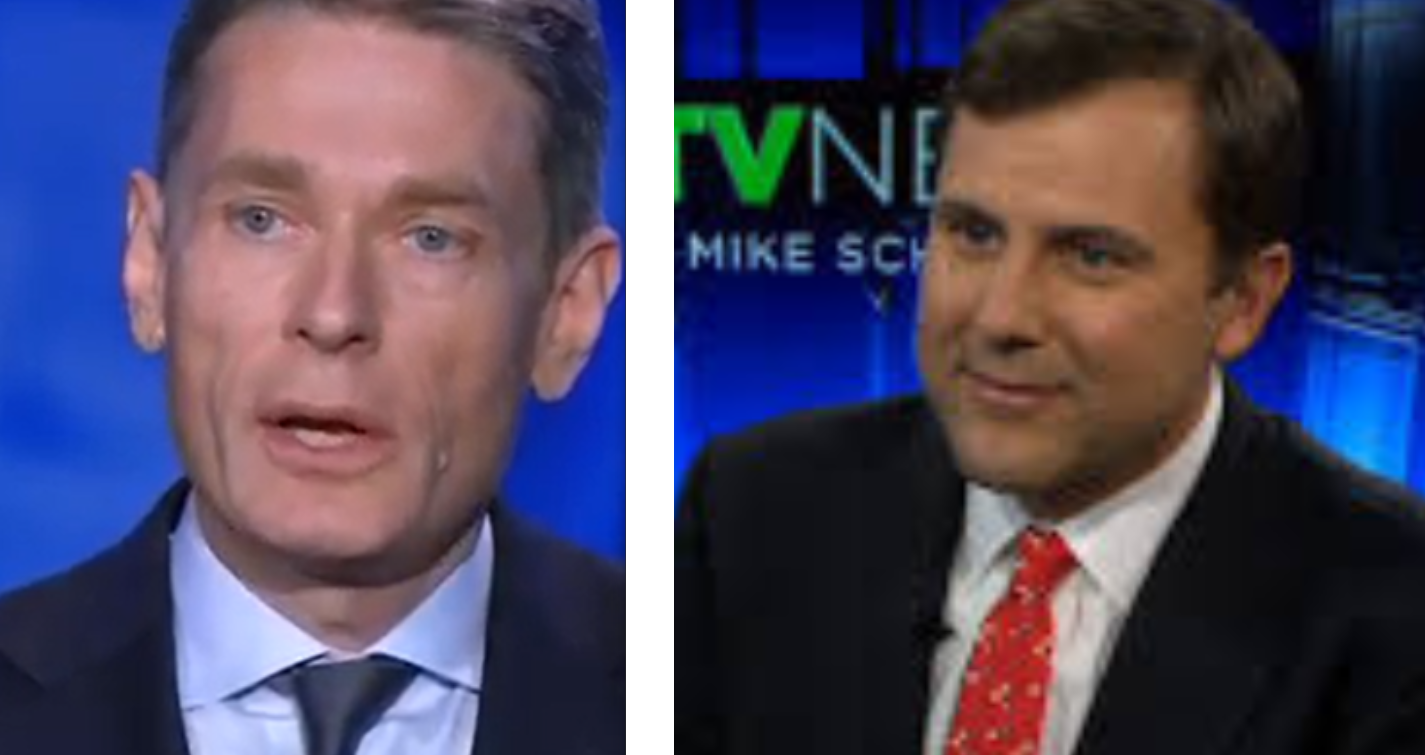
The race for the US House of Representatives seat from the New Jersey Seventh Congressional District is a remarkable microcosm of most of the nation’s “swing” districts with a Democratic incumbent.
The major social issues of gun violence and abortion choice decisively favor incumbent Democratic Congressman Tom Malinowski.
So does the continuing “Trump factor,” especially as the news of the legal situation of the former president worsens.
The economic issues truly are a double-edge sword.
Most of the economic news is actually favorable to Democratic incumbents, although the Democratic Party has performed abysmally in messaging the good news. The prime example of this is job growth. Individuals who lost their jobs during the Trump administration, especially during the height of the Covid, are returning to work during the Biden administration, either to their former jobs or to new or better jobs.
The problem for Democratic incumbents is that inflation continues to be the dominant economic issue in the political sphere, especially in view of the recent Labor Department report for the month of January, 2022 reporting an annual increase in the Consumer Price Index of 7.5 percent.
This inflationary growth outpaces wage growth, resulting in a more difficult economic situation for working and middle-class families.
The current round of inflation is not due to the increase in monetary quantity per se. That increase by the Federal Reserve in the monetary supply since the onset of the Covid (i.e., “quantitative easing”) was effectuated in order to 1) finance the various financial assistance programs for Americans ravaged by the financial impact of the Covid; and 2) stimulate the economy overall, which had sunk to a negative growth state.
The prevailing inflation is a result of the increase in monetary velocity rather than solely monetary quantity growth. “Monetary velocity” is defined by economists as the rate at which one unit of money supply currency is being transacted for goods and services in an economy. In layman’s terms, monetary velocity is the rate at which consumers and businesses in an economy collectively spend money. Inflation is the product of both monetary growth and monetary velocity.
The economic philosophy of monetarism, i.e., the belief that inflation is solely an impact of monetary growth without considering monetary velocity has largely been discredited since the tenure of former Federal Reserve Chair Paul Volcker in the early 1980s. The flaw in monetarism is that if the quantity of money increases yet consumers and businesses “park” the money rather than spend it, there is no resulting inflation.
This flaw in the philosophy of monetarism was decisively proven when in spite of the unprecedented quantitative easing implemented by the Fed in early 2020, the inflation rate remained very low. Inflation resulted later from the dramatic increase in monetary velocity resulting from the reentry of consumers into the market place after the initial and worst period of the Covid.
During that initial Covid period, consumers purchased a minimal amount of household, food, and fuel products and instead used their dollars to acquire Covid-related services. In other words, monetary velocity remained low, and so did inflation. In a nutshell, the low inflation of the initial Covid period, in spite of the overwhelming growth of the monetary supply, was due to consumers and businesses “parking“ their money.
The post-initial Covid period consumer reentry into the marketplace was characterized by an overwhelming sudden increase in the purchase of such household, food and fuel products. Consumers and businesses were no longer parking their money. This huge increase in the demand for products as opposed to services was the compelling factor in the astronomic rise in monetary velocity, causing the inflation we now experience.
Domestic monetary supply growth can be predicted fairly accurately by monitoring the policies of the Federal Reserve Board, i.e., discount rates, purchases of federal securities, etc. By contrast, monetary velocity is more dependent on events and trends extraneous to government policy. Examples of such extraneous factors include international conflict, domestic ethnic and racial discord, natural disasters, health catastrophes, scientific advances, and climate disturbance. Given the unpredictability of these extraneous matters, monetary velocity also is largely unpredictable.
Since inflation is a product of both monetary growth and monetary velocity, the continuing future uncertainty of monetary velocity makes it most problematic to predict the length and extent of the current inflation.
Yet it is possible to predict, with reliable assurance the political consequences of either the acceleration, continuance, or diminishment of the current inflation as to the forthcoming Congressional midterm elections.
The most compelling factor promoting the likelihood of the election of Tom Kean, Jr. is the current prevailing inflation. Yet in spite of the virulence of this inflation, the Greenberg Quinlan Rosner Research poll released this week showed Kean running no better than even with Tom Malinowski.
If this inflation significantly recedes before September, Tom Kean, Jr. is likely to lose – as will a number of other Republican challengers to Democratic Congressional incumbents this November.
Last in a four-part series on the Malinowski-Kean race.
Alan J. Steinberg served as regional administrator of Region 2 EPA during the administration of former President George W. Bush and as executive director of the New Jersey Meadowlands Commission.
(Visited 206 times, 9 visits today)
